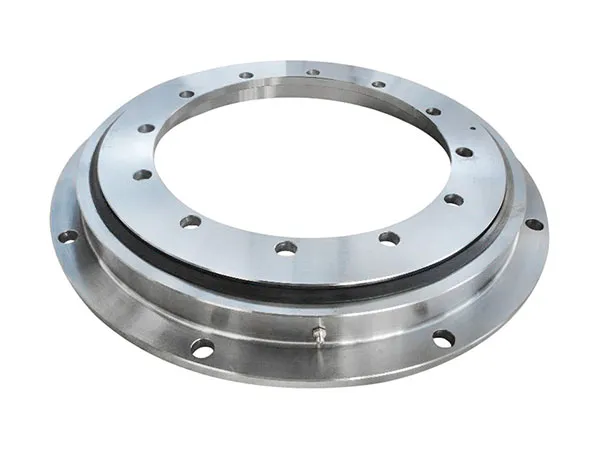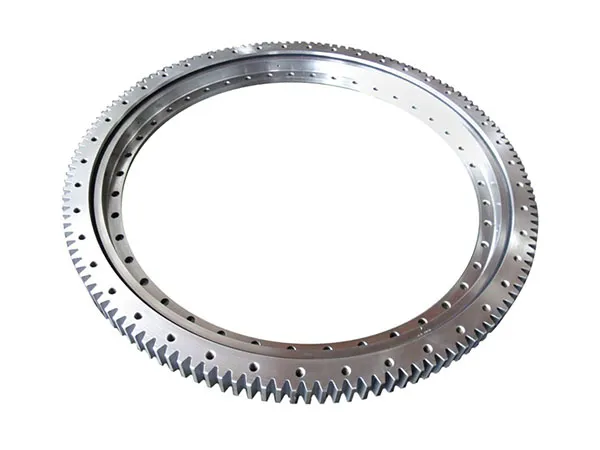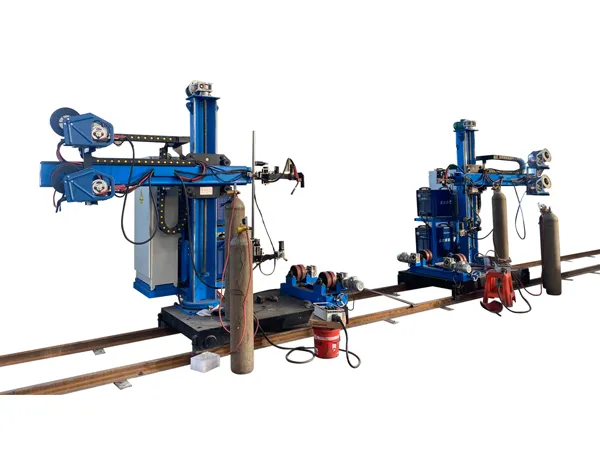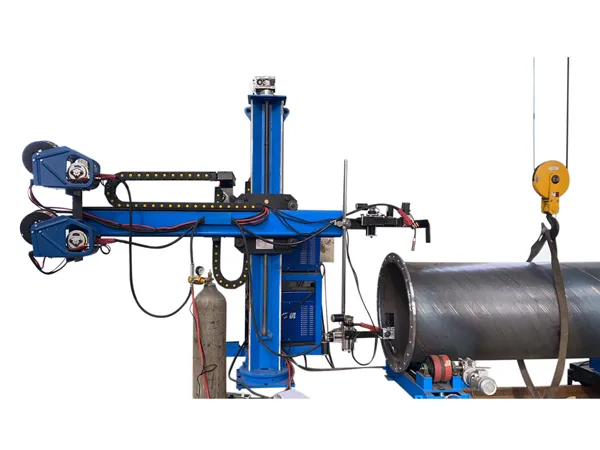A flange slewing bearing has mounting holes directly drilled into the face of either the inner or outer ring (or both). This flange allows for direct bolting to the supporting structure without needing separate clamping rings, often simplifying the mounting arrangement.
Flange slewing bearing installation

Safety First!
PPE: Wear appropriate Personal Protective Equipment (safety glasses, gloves, steel-toed boots).
Lifting: Slewing bearings can be heavy. Use appropriate lifting equipment (cranes, hoists, slings) and techniques. Never lift by the seals or gear teeth if applicable.
Use designated lifting points if provided.
Lockout/Tagout: Ensure the machinery the bearing is being installed on is properly de-energized and locked out/tagged out before starting work.
Clear Area: Keep the work area clean and free of obstructions.
Tools and Materials Needed:
The new flange slewing bearing
Manufacturer’s installation manual
Appropriate lifting gear
Correct grade, size, and length fasteners (bolts, potentially nuts and washers) – Crucially important! Use new fasteners of the grade specified by the bearing or equipment manufacturer (often Grade 10.9 or 12.9).
Calibrated torque wrench(es) covering the required torque range
Feeler gauges
Cleaning supplies (lint-free cloths, appropriate solvent)
Lubricant for bolt threads (if specified by manufacturer, e.g., molybdenum disulfide paste)
Grease gun and the correct type/grade of grease (as specified by the manufacturer)
Measuring tools (tape measure, calipers)
Soft mallet (optional, for minor adjustments)
Pry bars (use with extreme caution and protection to avoid damage)
Installation Steps:

Phase 1: Preparation
Read the Manual: Thoroughly read and understand the specific installation manual provided by the bearing manufacturer. Pay close attention to torque values, bolt grades, tightening sequences, and lubrication requirements.
Inspect the Bearing:
Carefully unpack the bearing. Check for any shipping damage.
Verify the part number matches your requirements.
Check the manufacturing date (grease has a shelf life).
…
For more detailed information about flange slewing bearing installation, please click here: https://www.mcslewingbearings.com/a/news/flange-slewing-bearing-installation.html















